By Film Noir Blonde and Mike Wilmington
The Film Noir File is FNB’s guide to classic film noir, neo-noir and pre-noir on Turner Classic Movies (TCM). The times are Eastern Standard and (Pacific Standard). All films without a new review have been covered previously in Film Noir Blonde and can be searched in the FNB archives (at right).
Pick of the Week: Summer of Darkness sizzles on
You know the drill. Each Friday, throughout June and July, running from dawn to dusk and back again, TCM is screening practically every classic film noir you can think of. This week, the dark list includes “D.O.A.” and “Raw Deal,” plus the talents of writers Mickey Spillane and A. I. Bezzerides, director Robert Aldrich and actor Ralph Meeker (as private eye Mike Hammer), all of whom took part in that Eisenhower-era masterpiece “Kiss Me Deadly.” And though Spillane may have disliked the picture Aldrich made from his violent paperback best-seller, most noir buffs love it. Count us in!
Also, there are terrific turns by that magnificent dame Ida Lupino as both actress (in Nick Ray’s and Bezzerides’ “On Dangerous Ground”) and director (in Ida’s classic B suspenser “The Hitch-Hiker”). Curated and hosted by the Czar of Noir, Eddie Muller of the Film Noir Foundation and the Noir City film festivals, TCM’s Summer of Darkness is one festival of classic dreams and movie nightmares you won’t want to miss.
Friday, July 10
6 a.m. (3 a.m.): “Follow Me Quietly” (Richard Fleischer, 1949). Neat little B thriller about the manhunt for a crazed killer. With William Lundigan and famed acting teacher/blacklist victim Jeff Corey.
7:30 a.m. (4:30 a.m.): “A Woman’s Secret” (Nicholas Ray, 1949). Nick Ray directs, and Herman Mankiewicz writes, a kind of cut-rate “All About Eve.” With Maureen O’Hara and Gloria Grahame.
9 a.m. (6 a.m.): “Side Street” (Anthony Mann, 1950).
10:30 a.m. (7:30 a.m.): “Black Hand” (Richard Thorpe). Gene Kelly vs. The Mafia.
12:15 p.m. (9:15 a.m.): “Armored Car Robbery” (Richard Fleischer, 1950).
1:30 p.m. (10:30 a.m.): “Caged” (John Cromwell, 1950). Before there was “Orange Is the New Black,” there was “Caged.” One of the best and grimmest of the “women’s prison” pictures, with Eleanor Parker, Agnes Moorehead, Hope Emerson, Jan Sterling and Jane Darwell.
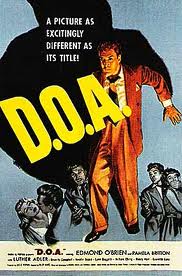 3:15 p.m. (12:15 p.m.): “D.O.A.” (Rudolph Maté, 1950).
3:15 p.m. (12:15 p.m.): “D.O.A.” (Rudolph Maté, 1950).
4:45 p.m. (1:45 p.m.): “Destination Murder” (Edward L. Cahn, 1950). Joyce McKenzie vs. The Mob.
6:15 p.m. (3:15 p.m.): “The Tattooed Stranger” (Edward Montagne, 1950). N. Y. murder, investigated. With John Miles.
8 p.m. (5 p.m.): “Red Light” (Roy Del Ruth, 1949). A vendetta noir sandwich with George Raft and Raymond Burr. Hold the (Virginia) Mayo.
9:45 p.m. (6:45 p.m.): “Kiss Me Deadly” (Robert Aldrich, 1955).
11:45 p.m. (8:45 p.m.): “On Dangerous Ground” (Nicholas Ray, 1951). Ida Lupino plays a blind country girl who lives with her brother. She meets a psychologically scarred cop (Robert Ryan) when her brother becomes a suspect in a murder. With a taut script by A. I. Bezzerides and moody, poetic direction from Nicholas Ray, “On Dangerous Ground” is an unforgettable film noir.
1:30 a.m. (10:30 p.m.): “The Hitch-Hiker” (Ida Lupino, 1953).
2:45 a.m. (11:45 p.m.): “The Blue Dahlia” (George Marshall, 1946).
4:30 a.m. (1:30 a.m.): “Raw Deal” (Anthony Mann, 1948).
Monday, July 13
9:45 a.m. (8:45 a.m.): “The Bad Sleep Well” (Akira Kurosawa, 1960). A great, savage crime drama, set in the world of corrupt and murderous Japanese corporate businessmen. With Toshiro Mifune, Masayuki Mori and Takashi Shimura. (In Japanese, with subtitles.)
Wednesday, July 15
12:30 a.m. (9:30 p.m.): “The Night of the Hunter” (Charles Laughton, 1955).
4:15 a.m. (1:15 a.m.): “Pitfall” (André de Toth, 1948).
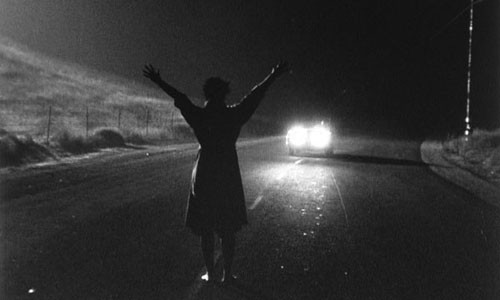
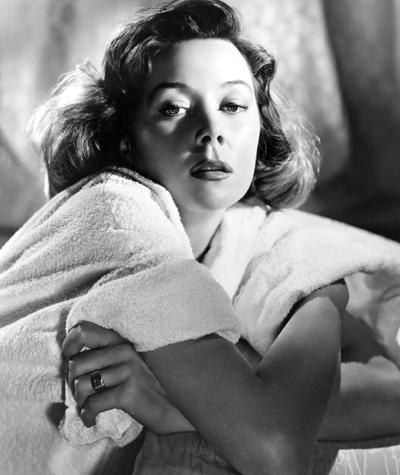
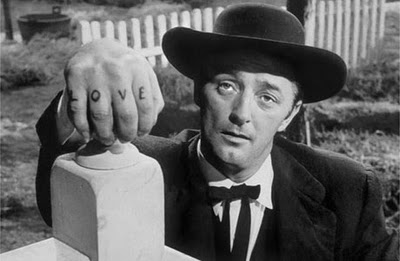





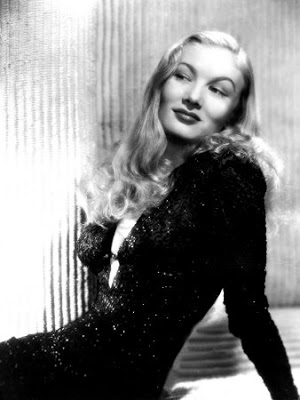
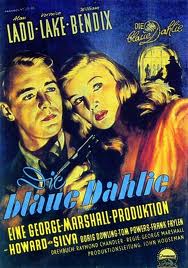
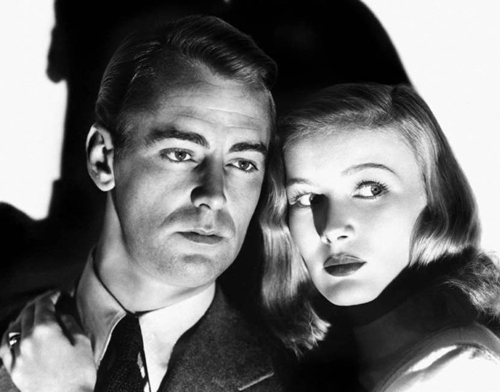
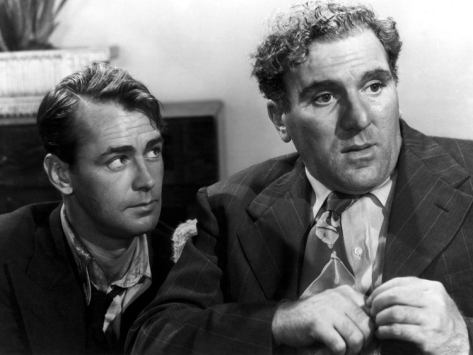
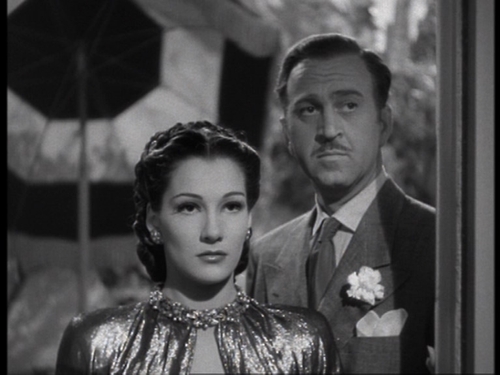
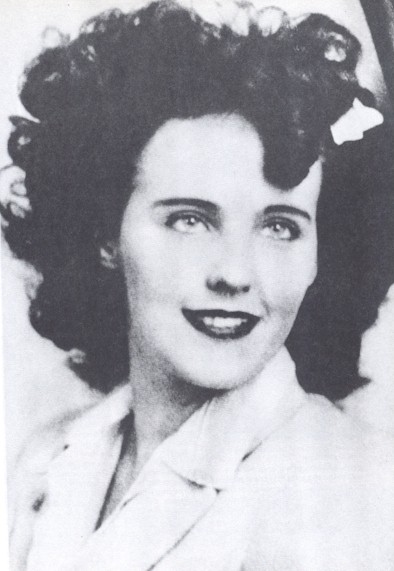
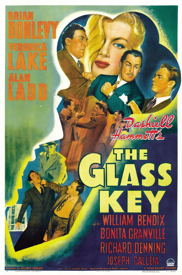
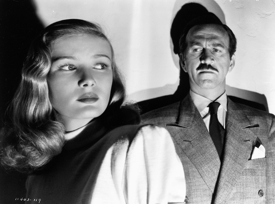





From FNB readers